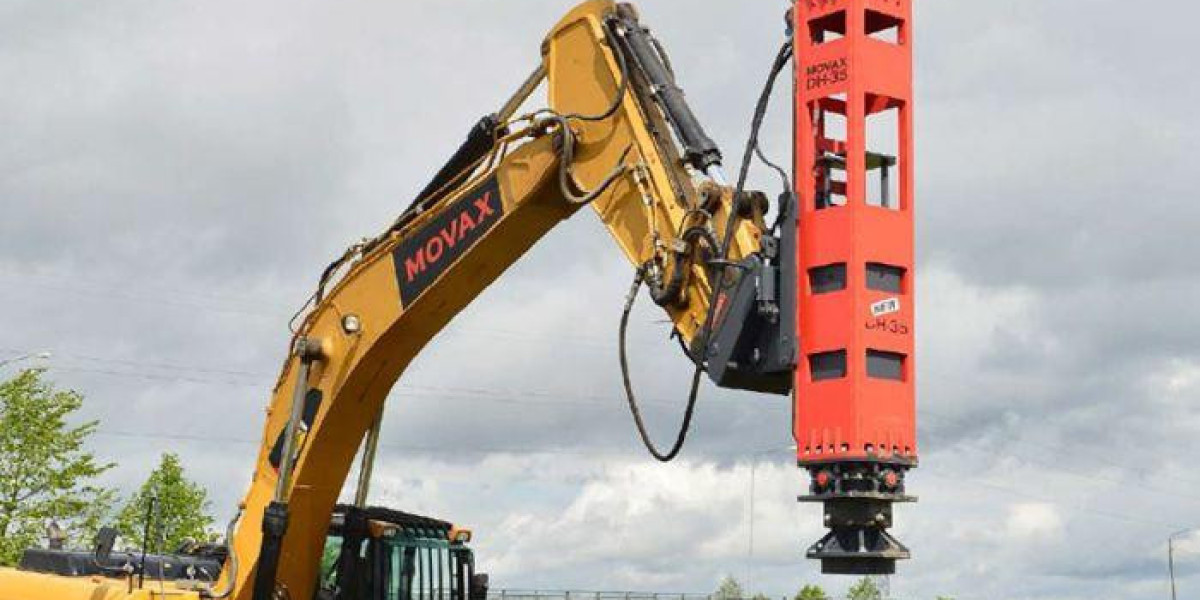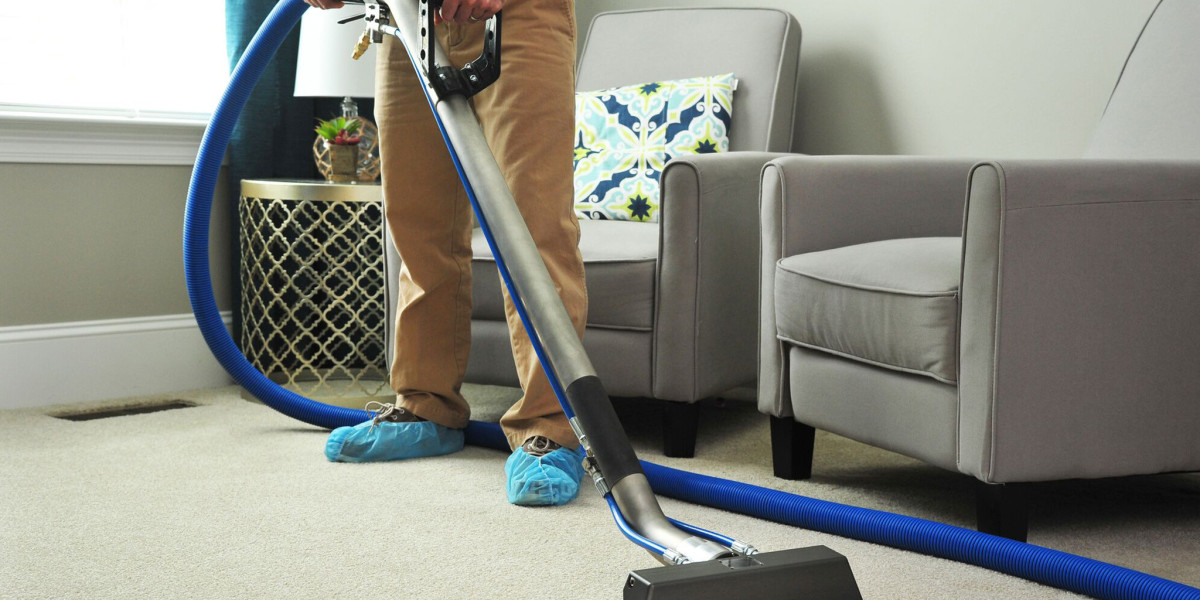When it comes to heavy construction and deep foundation work, pile driving equipment is a crucial asset. However, new equipment can be a significant investment, which is why many contractors look for used pile driving equipment for sale to reduce costs while maintaining productivity. While purchasing second-hand machinery can be a cost-effective solution, it also comes with risks. Without a proper inspection, you could end up with equipment that is inefficient, damaged, or even unsafe.
In this article, we’ll guide you through a comprehensive inspection process to follow when considering any used pile driving equipment for sale. Knowing what to look for can help you avoid costly repairs, downtime, and buyer’s remorse.
Why Inspection Is Essential
Pile driving equipment operates under extreme stress. It is exposed to harsh environments, heavy loads, and constant vibration. Over time, components wear down, hydraulic systems may leak, and structural parts can suffer damage. Buying without a detailed inspection can result in owning a piece of equipment that does not meet performance standards or requires immediate and expensive repairs.
Whether you're browsing listings online or viewing equipment in person, the inspection process should never be overlooked. A well-maintained used machine can perform just as well as a new one if chosen carefully.
Step 1: Research the Equipment’s Background
Before physically inspecting the pile driving equipment for sale, start with a background check.
Ask for the service and maintenance records. These will show how well the machine was maintained and whether any major repairs have been done.
Inquire about the previous usage. Was the equipment used in harsh conditions like marine or offshore jobs? That could mean more wear and tear.
Verify the year, model, and serial number. This information helps you find technical specifications, parts availability, and service manuals.
Researching the history of the machine will give you context and help you ask the right questions during your inspection.
Step 2: Inspect the Physical Condition
A thorough visual inspection is your next step. Here’s what to look for:
1. Structural Integrity
Check the frame, hammer housing, leads, and boom for signs of cracks, corrosion, or weld repairs.
Look for excessive wear around bolted joints and pivot points, which may indicate stress or misuse.
2. Hydraulic System
Inspect all hoses, fittings, and hydraulic cylinders for leaks, cracks, or abrasions.
Examine the condition of hydraulic fluid. Dark or contaminated fluid can point to neglected maintenance.
Look for slow or jerky movement in cylinders, which may indicate internal damage or air in the system.
3. Engine and Power Pack
Check for oil leaks, strange noises, or excessive smoke when the engine is running.
Inspect belts, filters, and radiators for proper condition and cleanliness.
Start the engine, if possible, and ensure smooth operation without unusual vibrations or overheating.
4. Clamps and Cushions
Examine pile clamps for signs of wear, corrosion, or loose fittings.
Check rubber cushions or elastomers for cracks or disintegration. These are essential for absorbing vibration and protecting the pile and hammer.
Step 3: Evaluate the Controls and Electrical Components
Many pile drivers now include electronic or remote control systems. These should be fully operational and in good condition.
Test the control panel for functionality. Buttons, switches, and indicators should respond properly.
Look for frayed wiring, exposed cables, or non-working sensors.
If the machine has GPS or automated features, confirm they are still functioning.
Electrical issues can be hard to fix and expensive, especially if replacements are hard to find for older models.
Step 4: Assess the Vibratory or Impact System
Depending on the type of pile driving equipment for sale, you might be looking at a vibratory hammer, diesel hammer, or hydraulic impact hammer. Each has different components to inspect.
Vibratory Hammers
Inspect the eccentrics and bearings for noise or looseness.
Make sure the gear oil is at the correct level and free of contaminants.
Check that the vibration isolation mounts are intact and secure.
Impact Hammers
Examine the anvil and ram for surface damage or misalignment.
Check wear on the guides and the striking surface.
Ensure consistent striking when the equipment is tested.
These components are key to the performance and safety of the pile driver, so any excessive wear should be a red flag.
Step 5: Review Documentation and Certifications
Before committing to a purchase, ensure the machine has the proper paperwork:
Operator and service manuals should be included with the sale.
Ownership documents are essential for resale or international transport.
Inspection certificates (if applicable) provide peace of mind and may be required on regulated job sites.
Having complete documentation also helps with future maintenance and resale.
Step 6: Compare Pricing with Market Value
Even after inspecting a promising piece of pile driving equipment for sale, make sure the price reflects its condition. Compare listings for similar models and years across online marketplaces and dealer websites. If the price seems unusually low, double-check for hidden defects or missing components.
Consider whether the seller offers any warranties, service guarantees, or post-sale support. Paying slightly more for added reliability may save money in the long term.
Final Thoughts
Finding a used pile driving equipment for sale can be a smart move for contractors looking to expand their capabilities without overextending their budgets. However, this advantage only holds true if the equipment is thoroughly inspected and verified for reliability.



